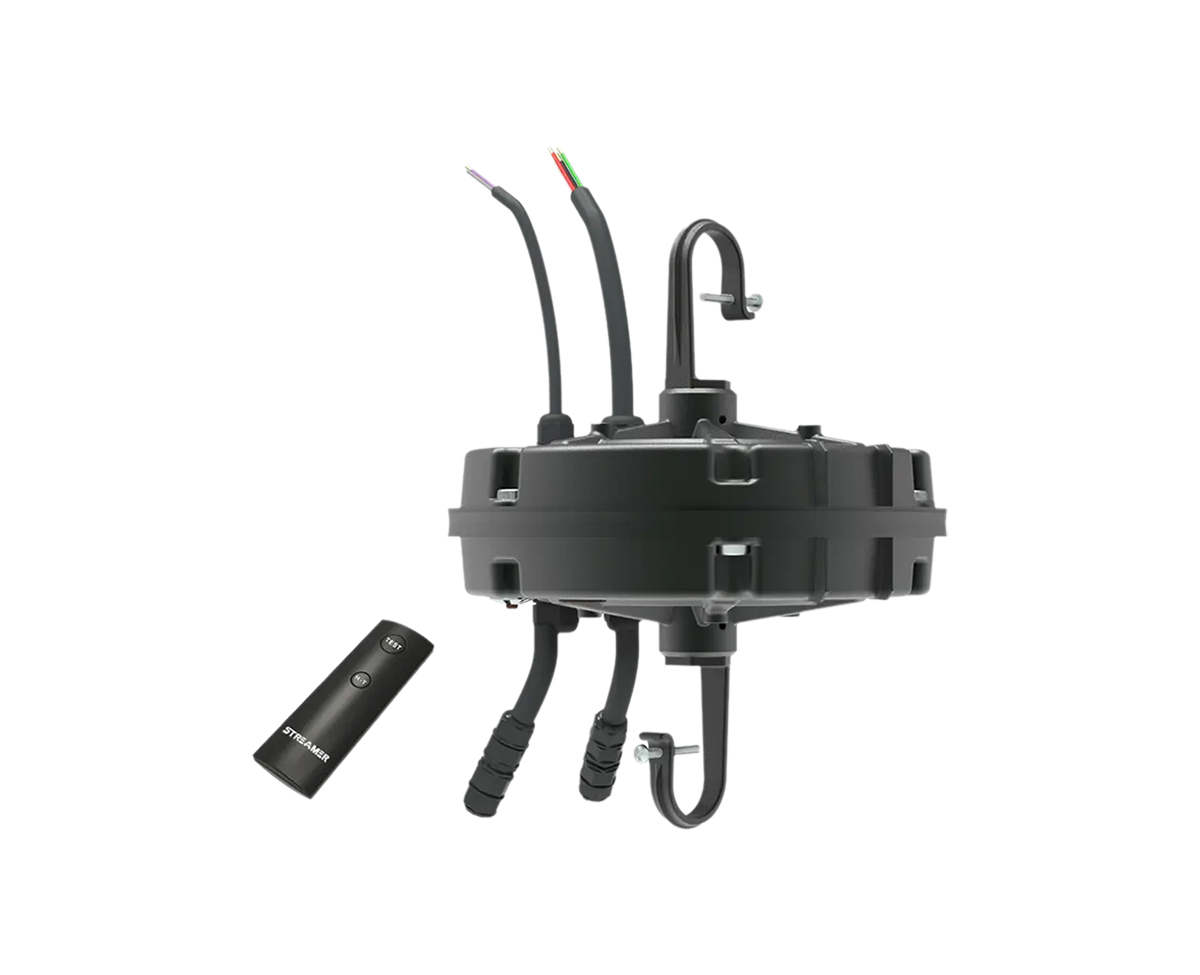 1
1
 Jun 06, 2025
Jun 06, 2025

In the realm of LED emergency converters, an intelligent fault diagnosis system plays a pivotal role in ensuring reliable and safe operation. These converters are crucial in maintaining lighting during power outages, and any malfunction can lead to hazardous situations. The intelligent fault diagnosis system is designed to detect, analyze, and report various types of faults promptly.
The core of the intelligent fault diagnosis system for LED emergency converters typically consists of multiple subsystems working in tandem. First, the data acquisition subsystem is responsible for collecting real - time operational data from different components of the converter. This includes parameters such as input voltage, output current, temperature of key components (like power transistors and capacitors), and the status of the LED light sources. Sensors are strategically placed within the converter to accurately measure these parameters. For example, voltage sensors monitor the input and output voltages, current sensors detect the flow of current, and thermal sensors track the temperature of heat - generating components.
Next, the data processing and analysis subsystem comes into play. This subsystem utilizes advanced algorithms, often based on artificial intelligence and machine learning techniques. For instance, neural network algorithms can be trained to recognize patterns in the collected data that correspond to specific faults. By comparing the real - time data with pre - established normal operating patterns, the system can identify deviations that indicate potential problems. Common faults that can be detected include open - circuit failures in the LED string, short - circuits within the converter's circuitry, abnormal temperature rises due to overloading or component degradation, and fluctuations in input or output voltages beyond acceptable ranges.
Once a fault is detected, the fault diagnosis system enters the reporting and response phase. It can communicate the nature and location of the fault through various means. This may involve displaying error codes on an integrated LCD screen, sending alerts via a wireless communication module (such as Wi - Fi or Bluetooth) to a connected smart device or a central monitoring station, or triggering audible alarms. In addition to reporting, the system can also take proactive measures to mitigate the impact of the fault. For example, in the case of an overheating condition, it can automatically reduce the load on the converter by dimming the LED lights or even shutting down non - essential functions to prevent further damage.
Furthermore, continuous improvement of the intelligent fault diagnosis system is essential. As new types of faults emerge with the development of LED emergency converter technology, the system needs to be updated with new diagnostic models and algorithms. Data from previous fault events can be used to train and optimize the system, enhancing its accuracy and reliability over time.